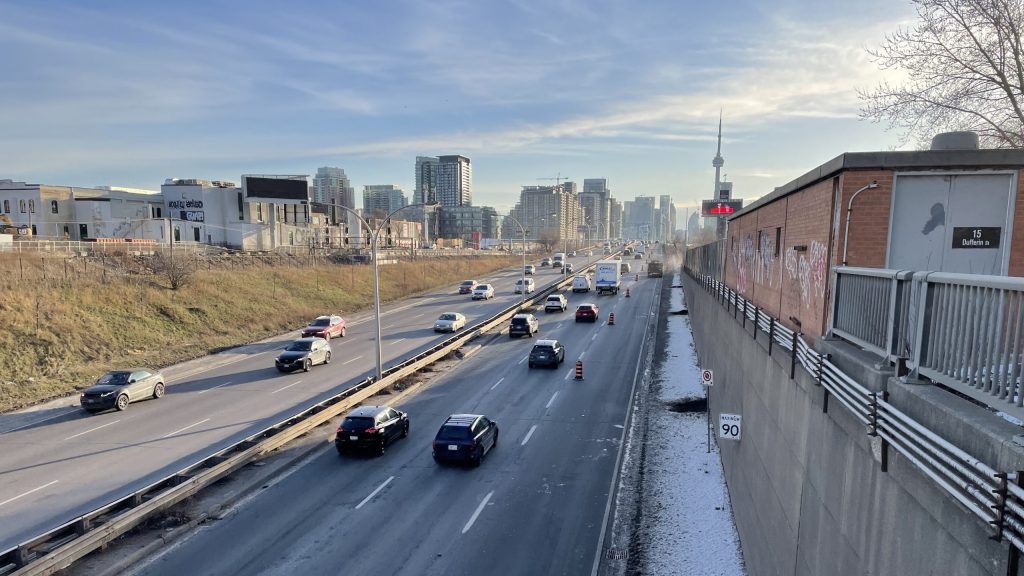Travel
Data shows how bad traffic has become on Gardiner Expressway

A new study has revealed some daunting statistics when it comes to gridlock on Toronto’s Gardiner Expressway since construction forced the closures of lanes in both directions.
According to data from Geotab, an Oakville-based technology company that, with the help of artificial intelligence, leverages advanced data analytics to enhance fleet performance, travel times on the Gardiner have increased up to 250 per cent in the morning rush hour (7 to 10 a.m.), and 230 per cent in the afternoon rush hour.
Since repairs began on the Gardiner in late March, commercial drivers are spending 80 per cent more time per day on the Gardiner, and the top three alternate routes—Harbour Street, Lakeshore Boulevard, and Cherry Street—have seen an average traffic increase of 43 per cent.
“Geotab ITS found that the average time to travel from the Humber River to Strachan Avenue increased from 8 minutes to 20 minutes, and the typical time to travel the 5 km stretch between Jarvis Street and Dufferin Street is now 25 minutes instead of 11 minutes,” Geotab wrote as part of its study.
Emissions on the rise due to Gardiner gridlock
Longer drive times on the Gardiner are also increasing CO2 emissions from commercial vehicles, Geotab said. Increased driving time led to a 23 per cent increase in emissions. This equates to approximately an extra 1,200 kg of CO2 daily from the vehicles in the study — the same as the carbon footprint of a premium roundtrip flight from Toronto to Vancouver.
In 2023, Geotab concluded that there were 19 million annual commercial trips in Toronto, representing 151 million kilometres driven. The latest construction project on the Gardiner has doubled the amount of traffic travelling less than 25 km/hr.

Construction of the Gardiner from Dufferin Street to Strachan Avenue began in November 2023 and is anticipated to be completed in mid-2027.
It will briefly reopen for FIFA World Cup 26 from May to the end of July 2026. The City has said route diversions, traffic agents, adjustments to signal timings, and other technology will be used to improve congestion around the construction zones.
The planned work represents phase two of the six-phase rehabilitation project, which Toronto’s City Council approved between 2014 and 2016.










